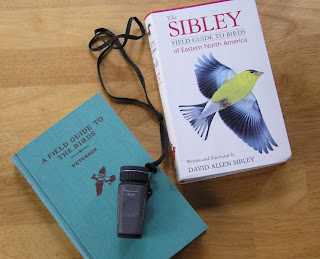Today I stopped in at my favorite site for monitoring the migration of the Ruby-Throated Hummingbirds. I was absolutely astonished to see what was posted today (March 27, 2012). The reality of this map shows that the recent warm temperatures have pushed the migration along at an unprecedented 4 to 5 weeks ahead of schedule.
I have done numerous birding classes over the years, and I have always told the participants to anticipate the return of the hummingbirds to Southeastern Wisconsin when the flowering crabapple trees are blooming. Usually this corresponds with Mother's Day (give or take a week). This year, I was unsure whether this would hold true, as the forsythia bloomed last week, the Bradford Pear trees this week, and the flowering crabs are looking to burst open within the week. It appears that the hummingbirds are following the warm weather and are on target to arrive within the week. As noted on the map above, you can see that some have already made an appearance as far north as central Wisconsin.
I have always advocated that if you want to be successful in attracting hummingbirds, you should place your feeder out about a week in advance of the crabapple bloom. Well folks...that time is NOW! The migration map supports this, but it doesn't stop me from having a bit of apprehension. Historically, we still have many more nights of freezing temperatures to expect. This is truly uncharted territory!
Keep your fingers crossed that these harbingers of Spring have not arrived too soon! To view details of the hummingbird migration, click here: http://www.learner.org/jnorth/maps/humm_ruby_spring2012.html
Belinda's Website


.JPG)


